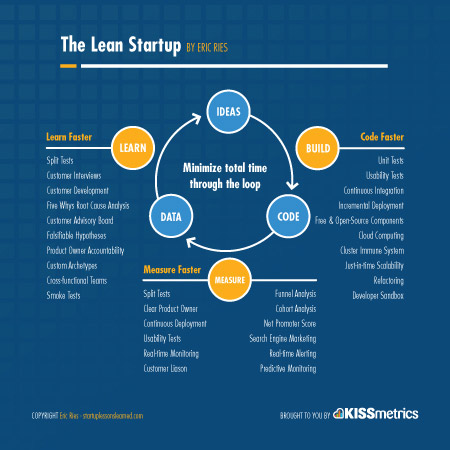How to optimise your return on failure
---
If you’re not willing to fail, then you will only ever embark upon safe, incremental improvements, where you have all the answers and therefore can’t fail
If you’re not failing, you’re not innovating.
Elon Musk’s words are echoed by most successful entrepreneurs and corporate innovators.
However, in today’s rapidly moving environment yesterday’s answers are fast becoming redundant and tomorrow’s are mostly unknown. The only way to unlock the answers is by doing, failing and learning from your mistakes.
But failure, done incorrectly, can cost companies millions.
This is why it’s important to optimise the Return on Failure (RoF) in order to support management buy-in, optimise learnings and increase an organisation’s likelihood of success when it comes to innovation.
The Equation

If we want to optimise our RoF and therefore our learnings, we need to increase assets whilst decreasing resources.
How?
Increase assets:
- Capture all potential learnings at the culmination of a project or innovation sprint
- Store learnings centrally and distribute them throughout the organisation so that the entire company can learn, avoid costly duplication of errors and get to product market fit quicker
- Leverage learnings in existing projects or business units
- Celebrate learnings publicly in order to foster the development of an intrapreneurial culture, one that is critical for organisation’s serious about staying in business
Decrease resources:
- Fail quickly, cheaply and effectively
- Use prototypes to test project assumptions
- If outsourcing innovation, use small lean startups and boutique firms who can deliver cheaply and quickly, not bloated global consultancies
- Use smarter processes (eg. speed up decision making by giving innovation projects set budget and authority so that they don’t need to outsource decision making to slow moving steering committees and the like)
- Decrease system cost (use OTS platforms like Instapage to build faster, analytics tools like Kissmetrics and Google Analytics and customer interviews to learn faster (see below for more like this)
- Use the cloud where building a more functional version of a product. Do not work within the costly and slow-moving confines of legacy infrastructure)

How to Build, Measure and Learn Faster (theleanstartup.com)
By optimising RoF, we give ourselves the opportunity to place many more bets than we would otherwise and when it comes to innovation, experimentation and a relentless focus on the customer underpins everything.
Venture capitalists get it right once out of every ten times, and their entire job is to invest in early stage innovation so large traditionally conservative company has very little chance of staying alive beyond today’s 12 year average company lifespan (down from 60 only 50 years ago) if all they’re ever placing is few large bets.
This article was originally published in Collective Campus.
Related links
Main menu






